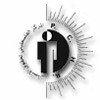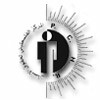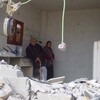
Israeli forces kill 4 Palestinians, including a physically handicapped
2 February 2004
On Monday morning, the second day of the Eid, Israeli occupying forces killed 4 Palestinians during a military incursion into Tal al-Sultan neighborhood in the west of Rafah. Israeli occupying forces claimed the reason for the incursion into the neighborhood was to arrest an allegedly wanted Palestinian. Two of the victims were brothers, one of whom was physically handicapped and allegedly wanted by Israeli occupying authorities. Three Palestinian civilians were also wounded. PCHR believes that international silence encourages Israel to continue to perputuate war crimes and unlawful conduct. Read more about Israeli forces kill 4 Palestinians, including a physically handicapped








